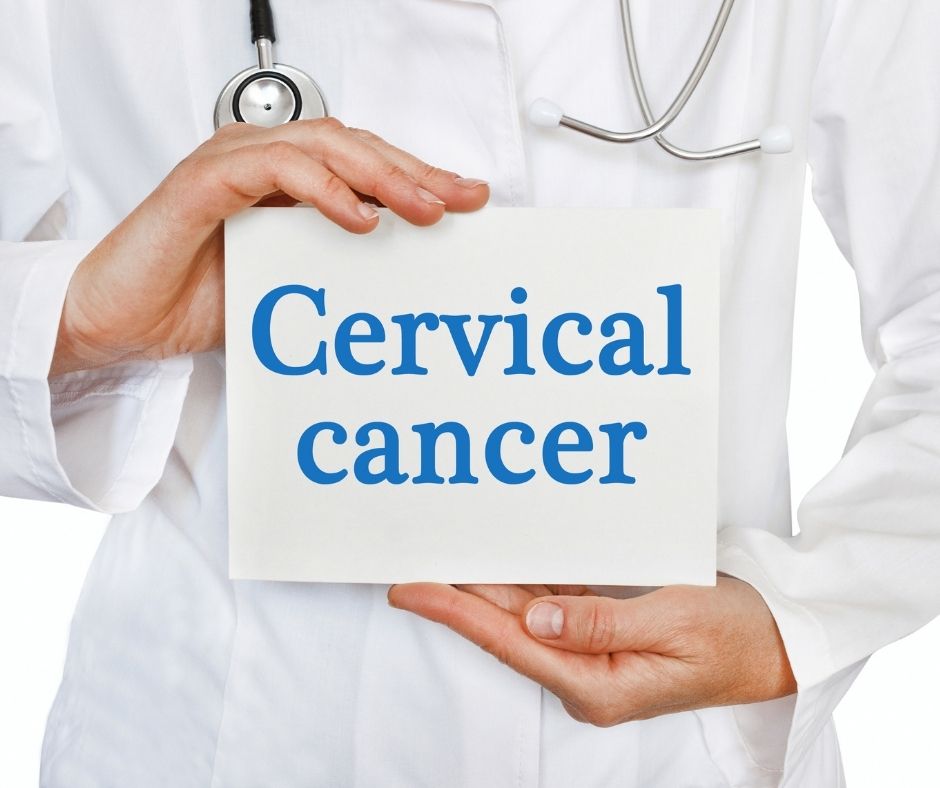Cervical Cancer: A Rising Threat to Women’s Life
January 18th, 2021 is the Cervical Health Awareness day in the United State, and Cervical Cancer Preventive Week is 18th – 24th in the United Kingdom.
According to the National Cervical Cancer Coalition, America- Each year, more than 13,000 women are diagnosed with cervical cancer in the United States. Yet cervical cancer is one of the most preventable cancers today.
In most cases cervical cancer can be prevented through early detection and treatment of abnormal cell changes that occur in the cervix years before cervical cancer develops.
Cervical cancer tends to occur during midlife. It is most frequently diagnosed in women between the ages of 35 and 44. It rarely affects women under age 20, and more than 15 percent of diagnoses are made in women older than 65. But in women over 65, cancer typical occurs in women who were not receiving regular screening.
After age 65, women older than 65 who have had adequate prior screening and are not otherwise at high risk can stop screening.
Adam Felman writes- Cervical cancer affects the entrance to the womb. The cervix is the narrow part of the lower uterus, often referred to as the neck of the womb.
Symptoms and early signs:
In the early stages of cervical cancer, a person may experience no symptoms at all.
As a result, women should have regular cervical smear tests, or Pap tests.
A Pap test is preventive. It aims not to detect cancer but to reveal any cell changes that indicate the possible development of cancer so that a person can take early action to treat it.
The most common symptoms of cervical cancer are:
- Bleeding between periods
- Bleeding after sexual intercourse
- Bleeding in post-menopausal women
- Discomfort during sexual intercourse
- Vaginal discharge with a strong odor
- Vaginal discharge tinged with blood
- Pelvic pain
These symptoms can have other causes, including infection.
Causes:
Cancer is the result of the uncontrolled division and growth of abnormal cells. Most of the cells in our body have a set lifespan, and, when they die, the body generates new cells to replace them.
Abnormal cells can have two problems:
▪️They do not die.
▪️They continue dividing.
This results in an excessive buildup of cells, which eventually forms a lump, or tumor.
However, some risk factors might increase the risk of developing cervical cancer. These include:
▪️HPV: This is a sexually transmitted virus. More than 100 different types of HPV can occur, at least 13 of which may cause cervical cancer.
▪️Having many sexual partners or becoming sexually active early: The transmission of cancer-causing HPV types nearly always occur as a result of sexual contact with an individual who has HPV.
Women who have had many sexual partners generally have a higher risk of HPV infection. This increases their risk of developing cervical cancer.
▪️Smoking: This increases the risk of cervical cancer, as well as other types.
▪️A weakened immune system: The risk of cervical cancer is higher in those with HIV or AIDS, and people who have undergone a transplant, leading to the use of immuno-suppressive medications.
▪️Birth control pills: Long-term use of some common contraceptive pills slightly raises a woman’s risk.
Other sexually transmitted diseases (STD): Chlamydia, gonorrhea, and syphilis increase the risk of developing cervical cancer.
▪️Socio-economic status: Rates appear to be higher in areas where income are low.
Prevention:
A number of measures can help reduce the chances of developing cervical cancer.
▪️Human papillomavirus (HPV) vaccine.
The link between the development of cervical cancer and some types of HPV is clear. If every female keeps to the current HPV vaccination programs, they could reduce the frequency of cervical cancer.
▪️Safe sex. Using a condom during sex helps protect from HPV infection.
▪️Cervical screening.
Regular cervical screening might help a person identify and deal with signs of cancer before the condition can develop or spread too far. Screening does not detect cancer but indicates changes to the cells of the cervix.
▪️Having fewer sexual partners. The more sexual partners a woman has, the higher the risk of transmitting the HPV virus becomes. This can lead to a higher risk of developing cervical cancer.
▪️Delaying first sexual intercourse. The younger a woman is when she has sexual intercourse for the first time, the higher the risk of HPV infection becomes. The longer she delays it, the lower her risk.
▪️Stopping smoking. Women who smoke and have HPV face a higher risk of developing cervical cancer than people who do not.
Treatment:
Cervical cancer treatment options include surgery, radiotherapy, chemotherapy, or combinations of these.
Deciding on the kind of treatment depends on several factors, such as the stage of the cancer, as well as age and overall state of health.
Treatment for early-stage cervical cancer, when the cancer remains within the cervix, has a good success rate. The further a cancer spreads from its original area, the lower the success rate tends to be.
Take preventive measure today!
‘Yinka Bosede




